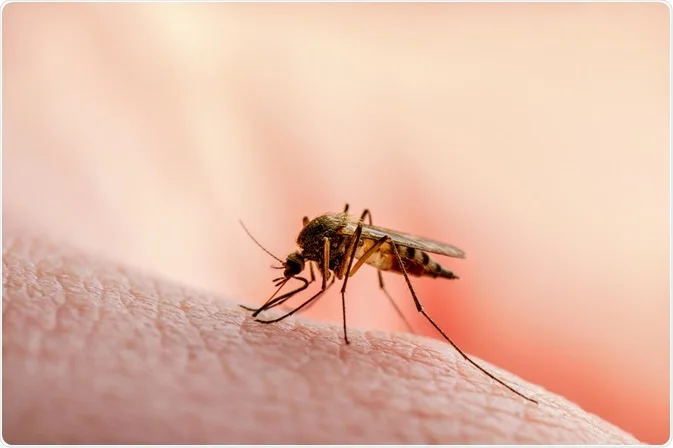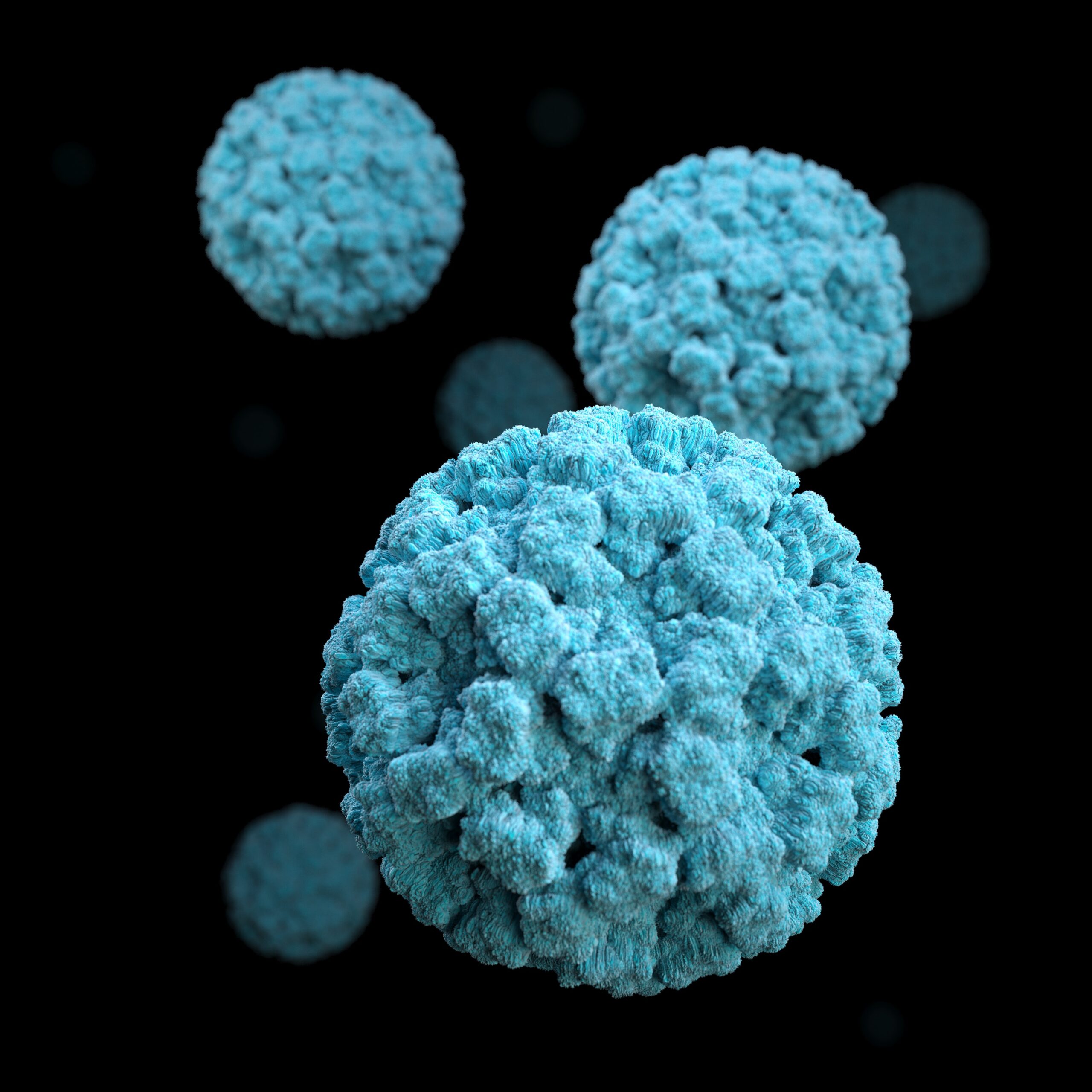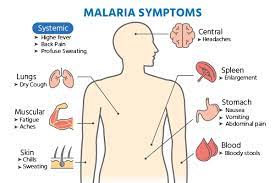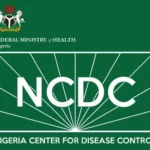Navigating Vector-Borne Concerns: Malaria, Dengue, and Lyme Disease
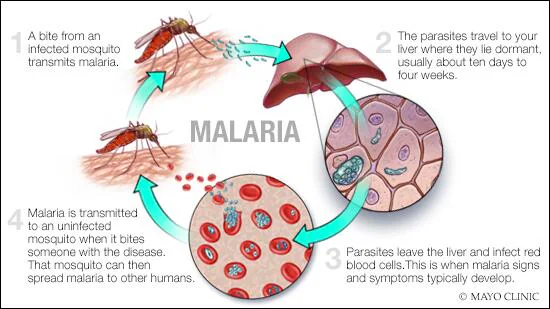
In our interconnected world, the threat of infectious diseases knows no boundaries. Among the significant health challenges that transcend borders are vector-borne infections—diseases transmitted through the bite of infected organisms like mosquitoes and ticks. These tiny vectors can pack a powerful punch, causing illnesses that range from mild discomfort to life-threatening conditions. In this article, we’ll explore three prominent vector-borne infections: Malaria, Dengue, and Lyme Disease. By understanding their causes, symptoms, prevention, and treatment, we can better equip ourselves to protect our health and that of our loved ones.
- Malaria: Unmasking the Silent Assassin
Causes and Transmission: Malaria is caused by the Plasmodium parasite, which is primarily transmitted through the bite of infected female Anopheles mosquitoes. These mosquitoes are most active during the night and early morning hours.
Symptoms: Malaria symptoms often mimic those of the flu, including fever, chills, headaches, muscle aches, and fatigue. Left untreated, it can lead to severe complications, such as organ failure, anemia, and cerebral malaria.
Prevention: Prevention strategies include using insect repellents, wearing long-sleeved clothing, sleeping under insecticide-treated bed nets, and taking antimalarial medications if traveling to high-risk areas.
Treatment: Early diagnosis and treatment are crucial. Antimalarial drugs are prescribed based on the type of Plasmodium parasite and the severity of the infection.
- Dengue Fever: The Breakbone Disease
Causes and Transmission: Dengue is caused by the dengue virus, transmitted primarily by Aedes mosquitoes. There are four dengue virus serotypes, increasing the risk of severe dengue upon subsequent infections with different serotypes.
Symptoms: Dengue fever presents with high fever, severe headache, joint and muscle pain, rash, and in severe cases, hemorrhagic fever and shock syndrome.
Prevention: Preventive measures include eliminating mosquito breeding sites, using mosquito repellents, wearing protective clothing, and staying in air-conditioned or screened-in spaces to avoid mosquito exposure.
Treatment: Supportive care, such as hydration and pain relief, is provided for mild cases. Severe dengue requires immediate medical attention and hospitalization.
- Lyme Disease: Taming the Tick-Borne Threat
Causes and Transmission: Lyme disease is caused by the bacterium Borrelia burgdorferi and is primarily transmitted through the bite of infected black-legged ticks (Ixodes scapularis or Ixodes pacificus).
Symptoms: Early symptoms include a characteristic “bull’s-eye” rash, fever, chills, fatigue, and muscle and joint aches. If left untreated, Lyme disease can lead to neurological and joint complications.
Prevention: Avoiding tick-infested areas, wearing protective clothing, using tick repellents, and conducting thorough tick checks after spending time outdoors are key preventive measures.
Treatment: Lyme disease is treated with antibiotics. Early diagnosis and prompt treatment are essential to prevent complications.
Malaria, dengue fever, and Lyme disease serve as potent reminders of the intricate relationship between humans, vectors, and the pathogens they carry. As we continue to navigate an increasingly globalized world, it’s crucial to remain vigilant about these vector-borne threats. By understanding the causes, recognizing the symptoms, and adopting effective prevention strategies, we can reduce the risk of infection and promote better health for ourselves and our communities. Remember, knowledge is a powerful weapon in the fight against these silent invaders. Stay informed, stay protected.
